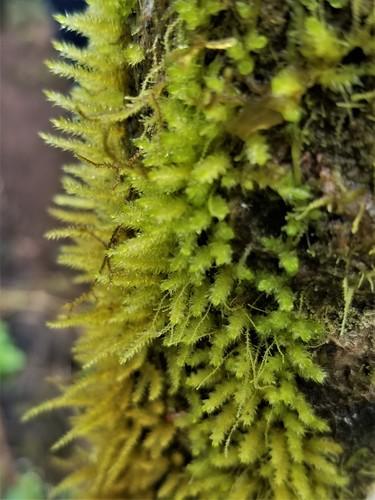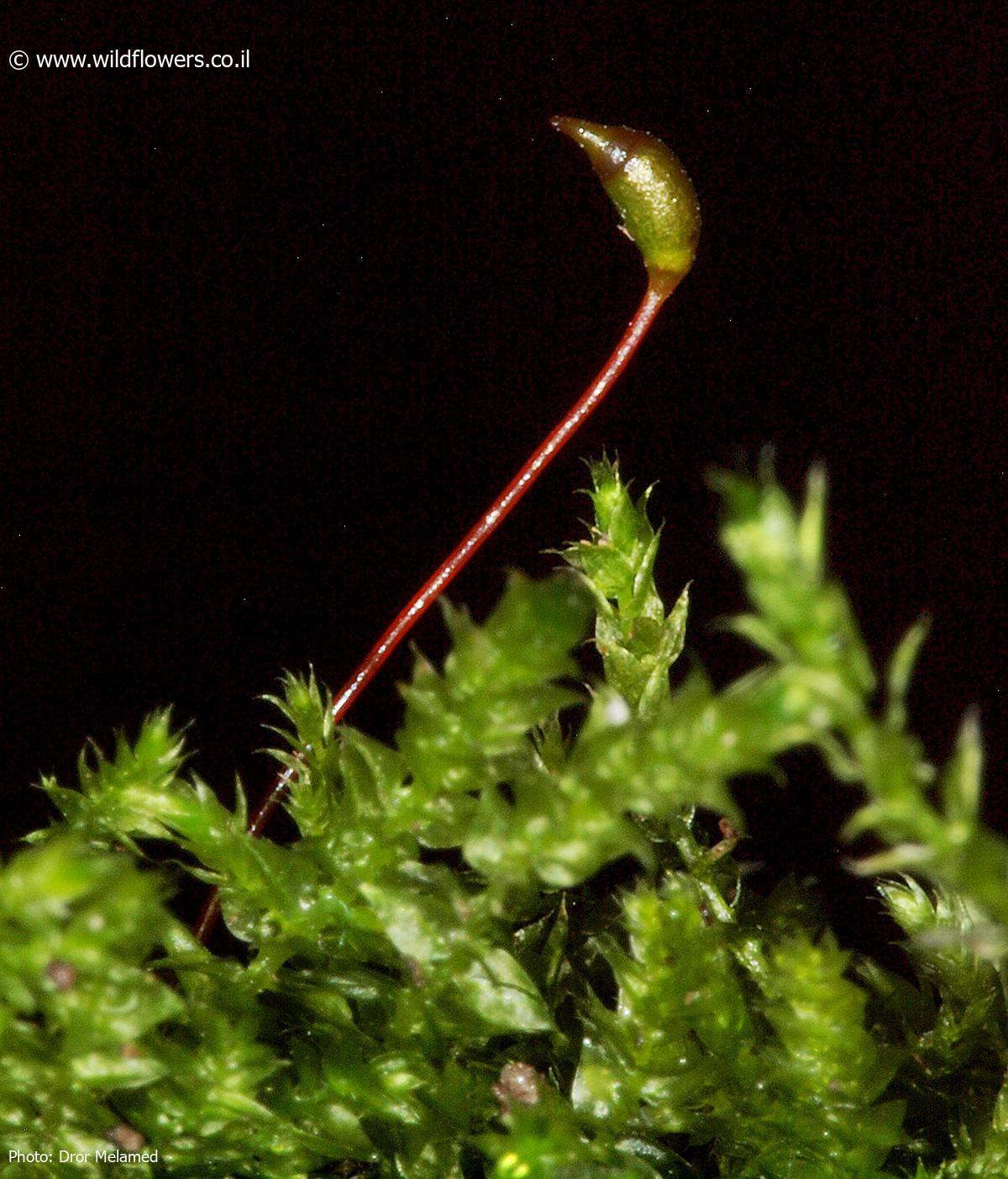
medium.jpg from: https://inaturalist.ca/taxa/407688-Rhynchostegium-tenuifolium
Rhynchostegium nigrescens Besch.: The Fascinating Moss of the Brachytheciaceae Family
Introduction
Have you ever stopped to admire the tiny, intricate plants growing on rocks, trees, and soil? There’s a good chance some of those miniature marvels are mosses. Today, we’re shining the spotlight on one particularly interesting species: Rhynchostegium nigrescens Besch., a moss of the Brachytheciaceae family, also commonly called simply Rhynchostegium.
Background on Mosses

3189-l-2.jpg from: https://www.wildflowers.co.il/hebrew/picture.asp?ID=18490
Before we dive into the details of R. nigrescens, let’s briefly review what mosses are. Mosses are small, non-vascular plants in the division Bryophyta. They lack true roots, stems, and leaves, instead having structures that serve similar functions. Mosses reproduce via spores rather than seeds and are found in diverse habitats worldwide.
Morphology and Identification
Rhynchostegium nigrescens is a pleurocarpous moss, meaning its reproductive structures (sporophytes) grow laterally from the stems. The shoots are creeping to ascending, irregularly branched, and typically range from 1-4 cm long. The leaves are ovate-lanceolate, 0.8-1.2 mm long, and have a short, double costa (midrib). They are often blackish-green, giving this species its name nigrescens meaning “blackish.”
The sporophytes have reddish-brown, curved capsules on relatively long setae. Capsules are inclined to horizontal and slightly constricted below the mouth when dry. The key identification features are:
- Blackish-green leaves
- Short, double costa
- Reddish-brown, curved capsules
Global Distribution and Habitat
R. nigrescens has a wide distribution, being found in Europe, Asia, Africa, Australia, and the Americas. It grows on various substrates including soil, rocks, tree bases, and rotting logs in forests and wooded areas. This adaptable moss can tolerate a range of light and moisture conditions.
Ecological Roles and Adaptations
Like other mosses, R. nigrescens plays important ecological roles:
- Erosion control: Its dense mats help stabilize soil and prevent erosion.
- Water retention: Moss clumps act like sponges, absorbing and slowly releasing moisture.
- Microhabitats: Tiny invertebrates and other organisms live among the shoots.
- Nutrient cycling: Mosses trap and recycle nutrients that might otherwise be lost.
To survive in its varied habitats, R. nigrescens has several adaptations:
- Desiccation tolerance: It can dry out and rehydrate without damage.
- Spore dispersal: Lightweight spores are easily carried by wind to colonize new areas.
- Clonal growth: Shoots spread laterally, forming dense clumps.
Conclusion
From its striking dark coloration to its global distribution, Rhynchostegium nigrescens is a prime example of how captivating and successful mosses can be. Next time you see a velvety green carpet on a rock or log, take a closer look – it might be this remarkable Rhynchostegium! What other mighty moss species have you encountered in your local ecosystem?